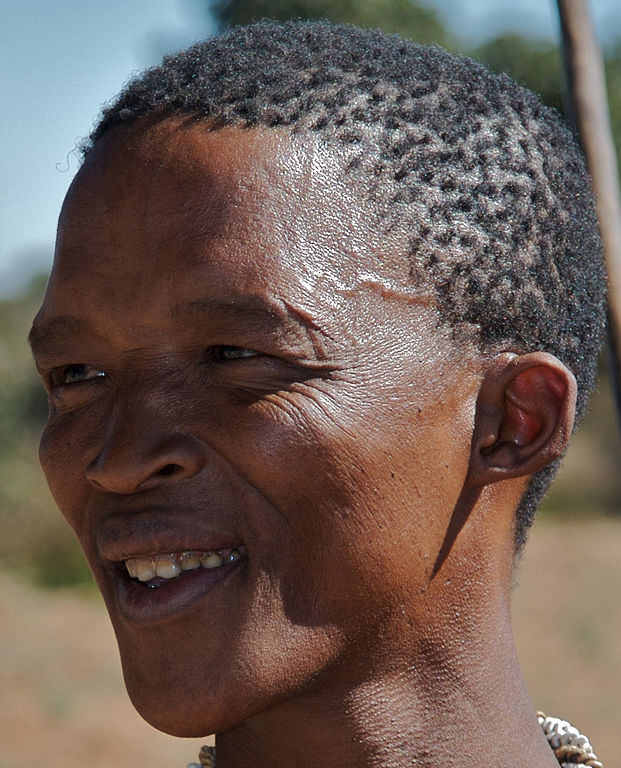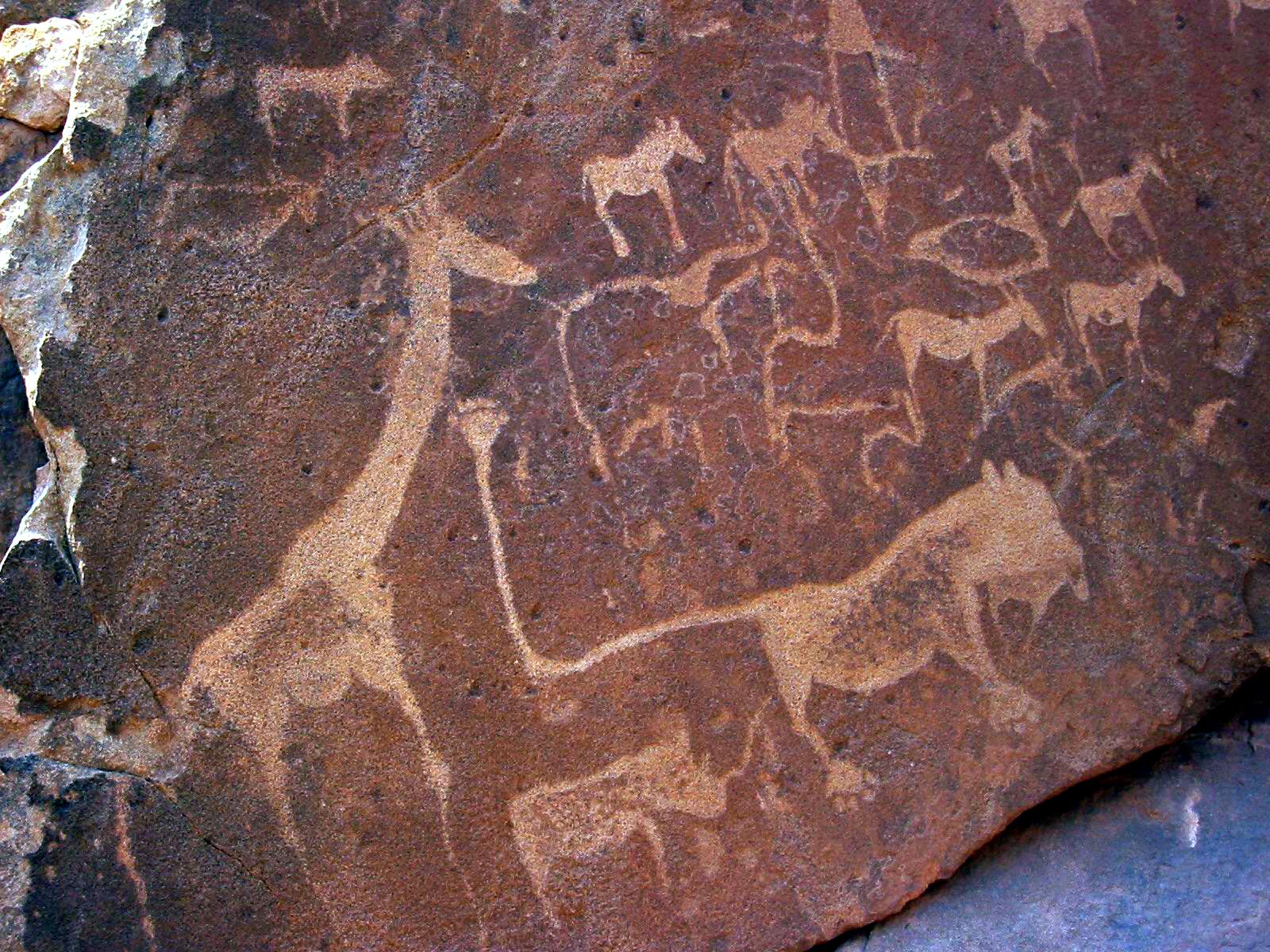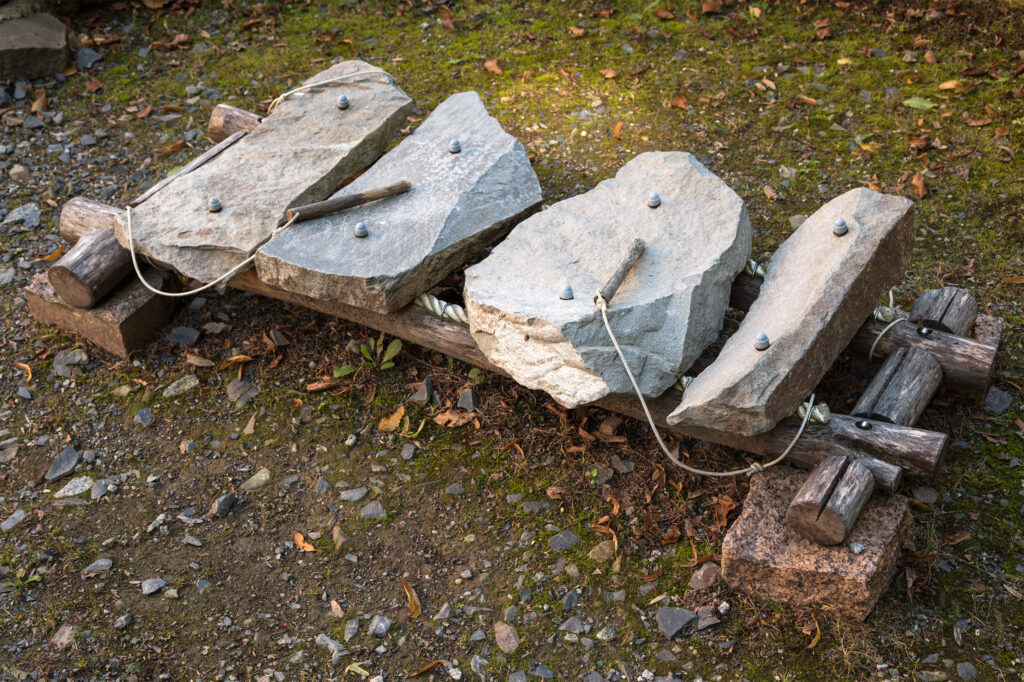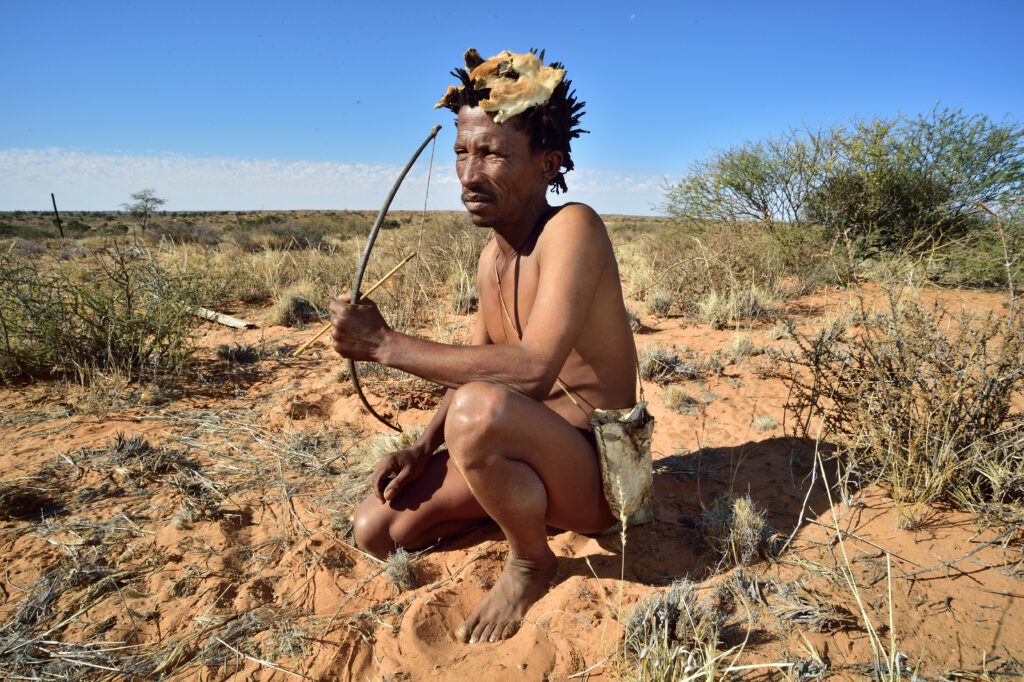I stood hitchhiking across from the Kalahari Arms Hotel at a crossroads in Botswana’s ranching country. Hang around the Arms long enough and old timers will tell with glee about the goat known to wander in at drowsy midday hours to devour the bar kitty leaving only coins as a tip. Kalahari survival has its imperatives.
I caught an open truck – all balloon tires and diesel muscle – festooned with riders and their gear, the only spot remaining to me next to a spare tire. A snarl of the engine and plume of exhaust launched us into the desert dawn. No passage around the Horn could compare with the truck’s heaving, its roll and pitch at every dry wash, at every rut and sandy sign of past road drama, dust serving as sea spray. The road was endless, unforgiving.
Across from me sat a San passenger traveling to a desert rendezvous about which he was suitably vague. He engaged me in repartee. We talked about hunting. “Your laws do not apply to us San people,” he said. “We have our own laws that allow us to hunt where and when we please.” We talked about the end of traditional desert life and of work on the ranches where, he said, “we San often tend cattle in exchange for shelter, the occasional blanket and staples. It is shameful.” He told me about the trove of diamonds now being mined by others on what had once been range for San hunter-gatherers.

And then our chatter turned to desert lore. “In our culture,” he explained, “the greatest experience of all is when a person can become a lion – and also return to human form.” Too soon this intriguing vein of conversation came to an end as the truck rolled to a stop, engulfing us in dust. When it cleared the San passenger had gotten off, setting out on foot into the acacia scrub. I had wanted to ask him how the San come to such an extraordinary crossing. Was he on that journey himself? Did he know someone who gave evidence of such an experience?
By nightfall, my own journey came to a merciful end. I had a souvenir from what was surely the roughest ride on the planet – the letters ‘F-I-R…‘ imprinted on my thigh by the ‘Firestone’ trademark. But more than that, I have been imprinted by the terse power of my friend’s account of peak human experience. An entire library might be filled with reflection on the world it suggests: the porous membrane between us and animate creation, that we travel some arc with a destination fired by aspiration. And that what the San most admire, what they (and the rest of us) yearn for, is nothing short of transformation. It feels like the ‘lithophone’ (see previous post, ‘Going Deep’) that has set to humming the strata underlying the ground we all walk. That there is promise at depth for the taking on of nobility, of beauty, courage, dignity and freedom and, most intriguingly, of bringing them back into this otherwise dusty life where enmity, inequality and climate change overhang the future.

Credit: wikimedia.commons
As I picture now the deeply creased face of my long-ago companion, it seems to me that there was – yes, ever so slightly – a hint of the leonine in his features and in the stride that carried him to his rendezvous in the backcountry.


Very interesting and descriptive!
Brings back reflections on being transformed myself through a season of life on the edge of the Kalahari Desert in the rich traditional african culture. We have much to learn from our indigenous brothers and sisters. I’m currently enjoying some similar wisdom in reading “Braiding Sweetgrass”, by Robin Wall Kimmerer. Blessings on you, Jonathan.
Thanks for your reflection. When staying with grandson four days of last week, I pulled from a book shelf Barbara Kingsolver’s “Pigs in Heaven”–a good read. No doubt you’ve read other content from her too, even if years ago. We’re soon headed to a Bengali New Years’ Day event with Hindu friends here in town. Keep posting your work
Jonathan, all the lion talk took me to the Gospel of Thomas. A small group of us are practicing lectio on these ancient sayings. They have a paradoxical/Zen feel to me. Here is Logion 7:
Yeshua says…
A lion eaten by a man is blessed
as it changes to human form,
but a human devoured by a lion
is cursed as lion becomes human.
Here is one person’s interpretation:
“Marvin Meyer writes: “This riddle-like saying remains somewhat obscure. In ancient literature the lion could symbolize what is passionate and bestial. Hence this saying could suggest that although a human being may consume what is bestial or be consumed by it, there is hope for the human being – and the lion. In gnostic literature the ruler of this world (Yaldabaoth in the Secret Book of John) is sometimes said to look like a lion. This saying may ultimately be based upon statements in Plato, for instance his comparison (in Republic 588E-589B) of the soul to a being of three parts: a many-headed beast, a lion, and a human being. Plato recommends that the human part of the soul (that is, reason) tame and nourish the leonine part (that is, the passion of the heart).” (The Gospel of Thomas: The Hidden Sayings of Jesus, pp. 71-72)”
hmmmmmm………………………………………keep taking us with you!
I so enjoy your writing. Thank you.